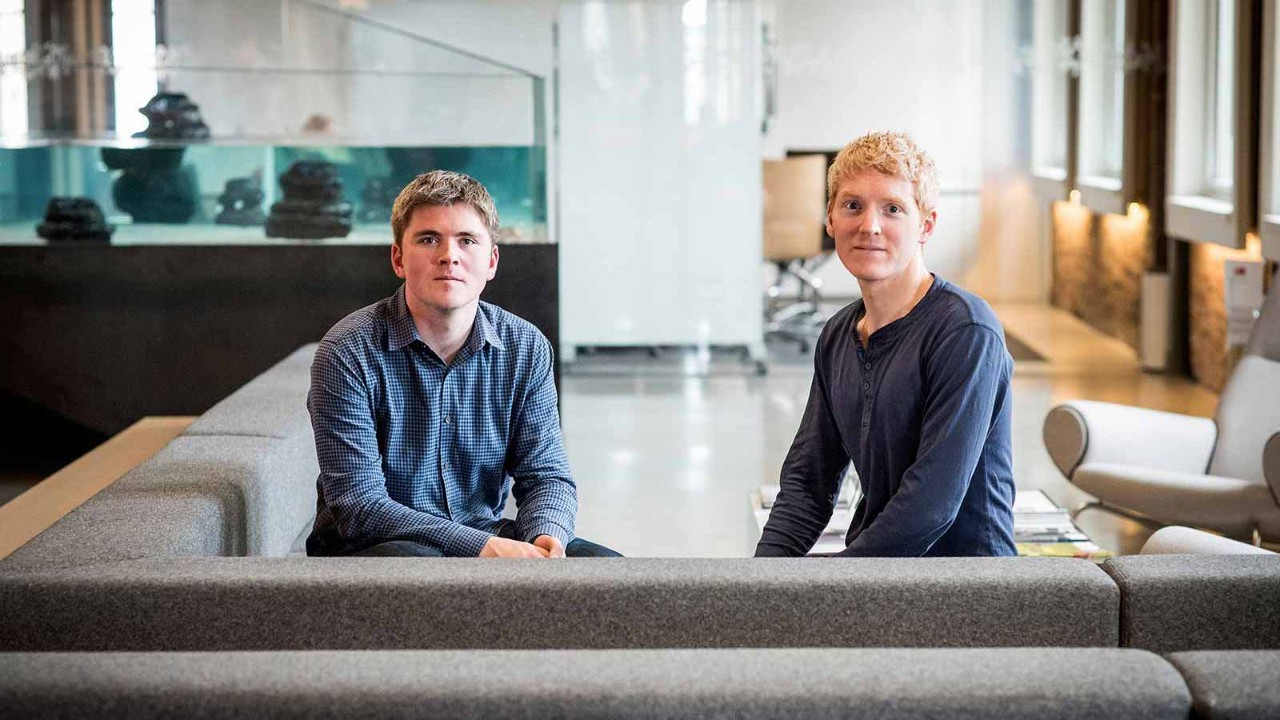
You cannot fault the vision of John and Patrick Collison, the Irish brothers who created Stripe, one of the world’s most valuable fintechs. To grow their business they need an army of software engineers. What better way to get them than to fund a university programme that will turn out graduates with not just academic qualifications but plenty of experience working for companies too? So they helped create the immersive software engineering course at the University of Limerick, delivering skilled young people who can be of value to any company from day one thanks in part to their having spent months working in different organisations.
This initiative has helped push the University of Limerick up 100 places in the world’s top universities, placing it inside the top 500 for the first time.
Potential going begging
The Collison brothers’ forward thinking should be a wake-up call to the potential of Irish universities. Trinity College Dublin and University College Dublin rank in the top 100 and top 200 respectively in the annual QS global university league tables. It is a decent enough position for both, yet in another sense it is rather strange that they have not moved up even higher given the strengths of the Irish economy and what it has been built on over the past two decades.

The Collison brothers’ forward thinking should be a wake-up call
Ireland is the main European base for the biggest names in technology, pharmaceuticals and medical devices – companies which have located here largely because of the pool of people they can hire. This in turn should result in a greater level of innovation coming from Irish campuses. There have been a number of success stories of companies seeded by Irish university research but they have been mostly early stage start-ups, many of which have been acquired before gaining any real scale.
The more money that is provided to universities, the greater the research output and the potential to commercialise it with spin-out businesses. That attracts talented students and academics and creates its own virtuous circle.
Budget 2024 will cut spending on research, innovation and science by 3%
To do this requires investing much more than is currently spent on funding for universities, chiefly around research. I argued before the Budget that billions of euros of additional funding for research should be thrown at universities to get Trinity College Dublin and University College Dublin into the world’s top 50 universities by 2030 so that they really do become global household names.
The wrong way
Instead, it appears to be going in the other direction. The Irish Universities Association, the group that represents institutions, has pointed out that Budget 2024 will cut spending on research, innovation and science by 3%, which certainly seems a misstep at a time when the public finances are in a position to offer more.
Getting one or more of our major institutions into the top 50 in the world is achievable
There are two chief benefits to ramping up research funding. The first is that it will eventually produce the spin-out ideas that become the companies and jobs of the future. The second is that success in propelling Irish universities up the rankings will allow them to attract a greater number of international students, which will help sustain our universities given the higher fees that overseas undergraduates have to pay. The fact that Britain is no longer in the European Union should be an extra selling point for Irish universities.
The Collisons’ investment in the University of Limerick will pay numerous dividends in the years to come, as the brothers’ business benefits from the talent they are helping. But it should not be solely down to the generosity of billionaires to plot the course. A multiyear government-funded plan to boost the research spending and profile of Irish universities is needed. Getting one or more of our major institutions into the top 50 in the world over the medium term is an achievable goal, and the benefits will be reaped for generations to come.


